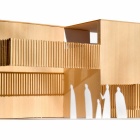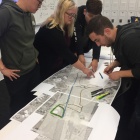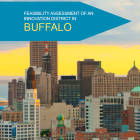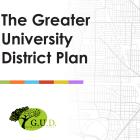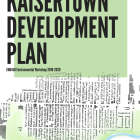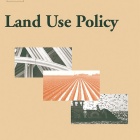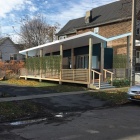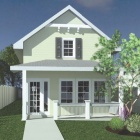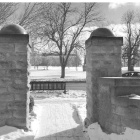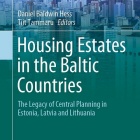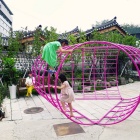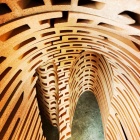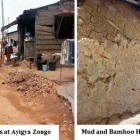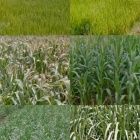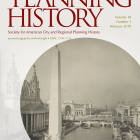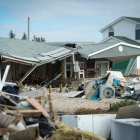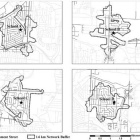Projects and publications
Our faculty, researchers, and students engage in purposeful research that tackles complex societal challenges and generates transformational impacts both locally and globally.
Faculty research is catalyzed by diverse partnerships with public, nonprofit and private partners and prominent public, nonprofit and industry funding sources. Outcomes include peer-reviewed publications, books and evidence-based action in new plans, policies, designs, and programs in Buffalo and beyond. The breadth of our impact spans the fields of inclusive design, food systems planning, material and build systems development, and climate resilient design.













